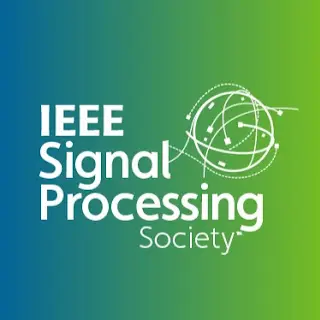Variational Single Image Dehazing for Enhanced Visualization
In this paper, we investigate the challenging task of removing haze from a single natural image. The analysis on the haze formation model shows that the atmospheric veil has much less relevance to chrominance than luminance, which motivates us to neglect the haze in the chrominance channel and concentrate on the luminance channel in the dehazing process. Besides, the experimental study illustrates that the YUV color space is most suitable for image dehazing.
